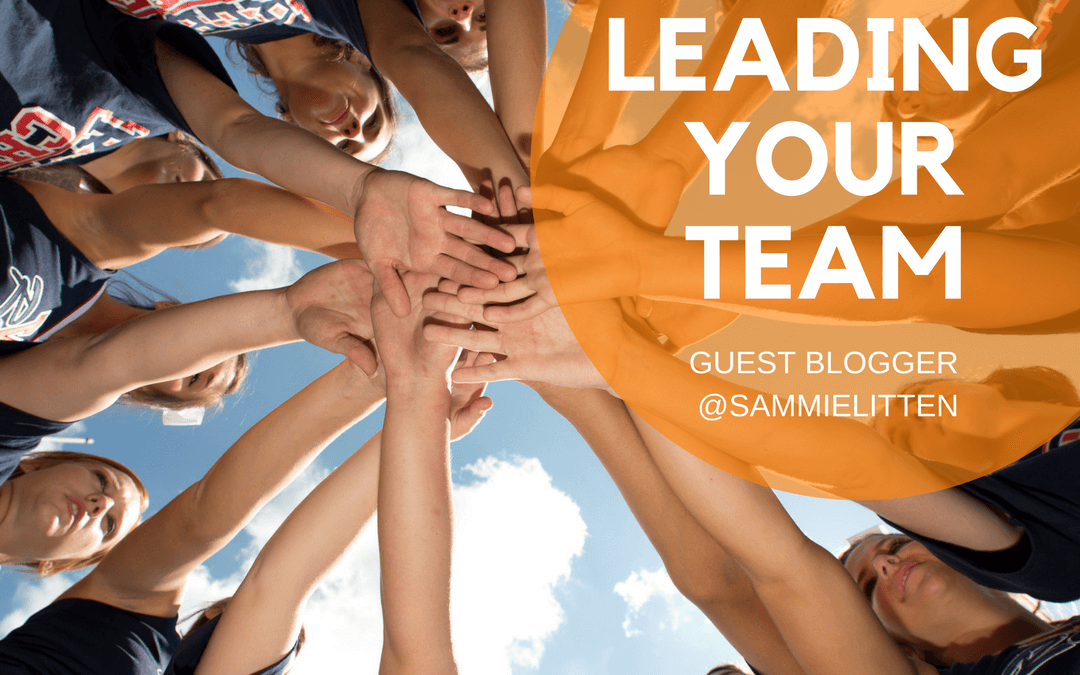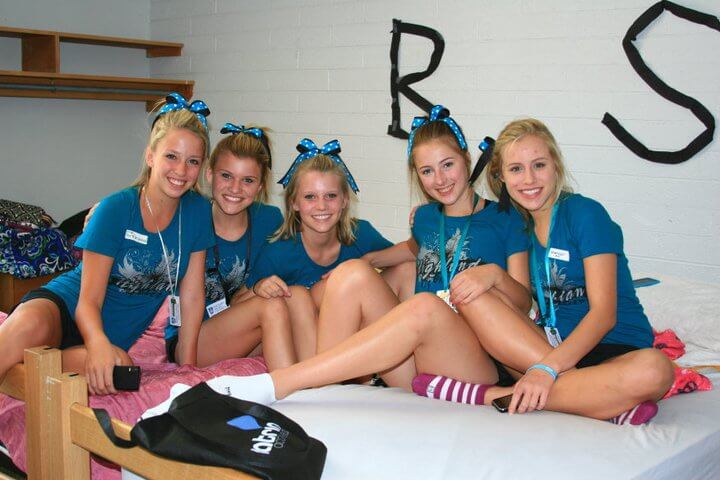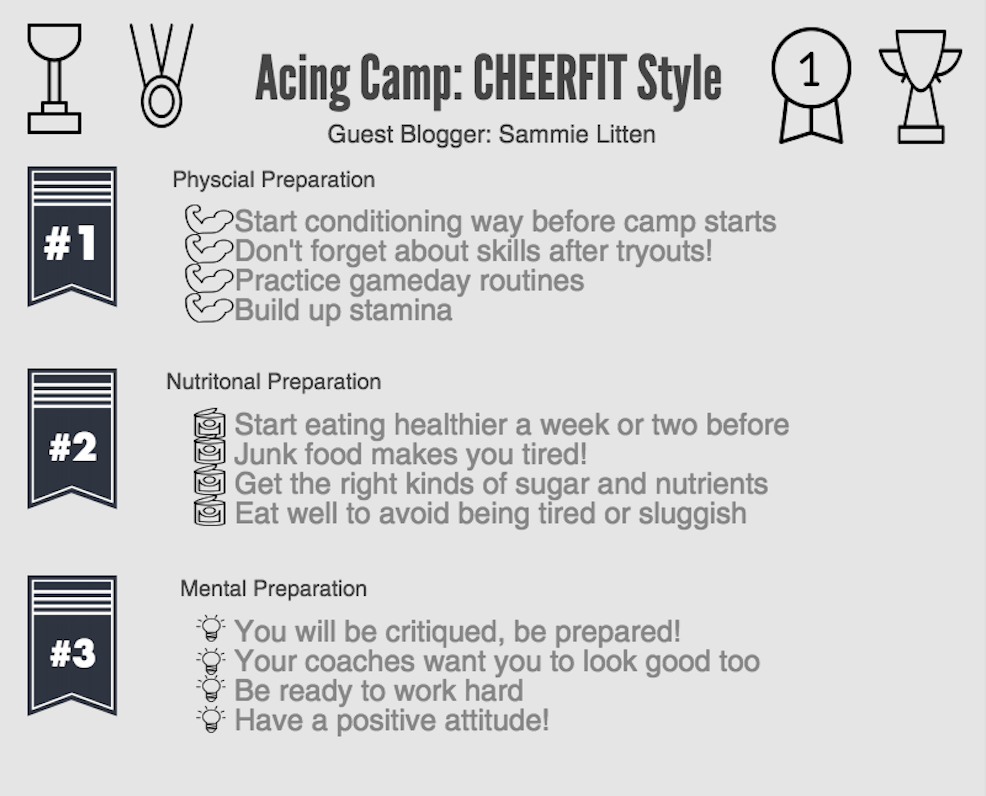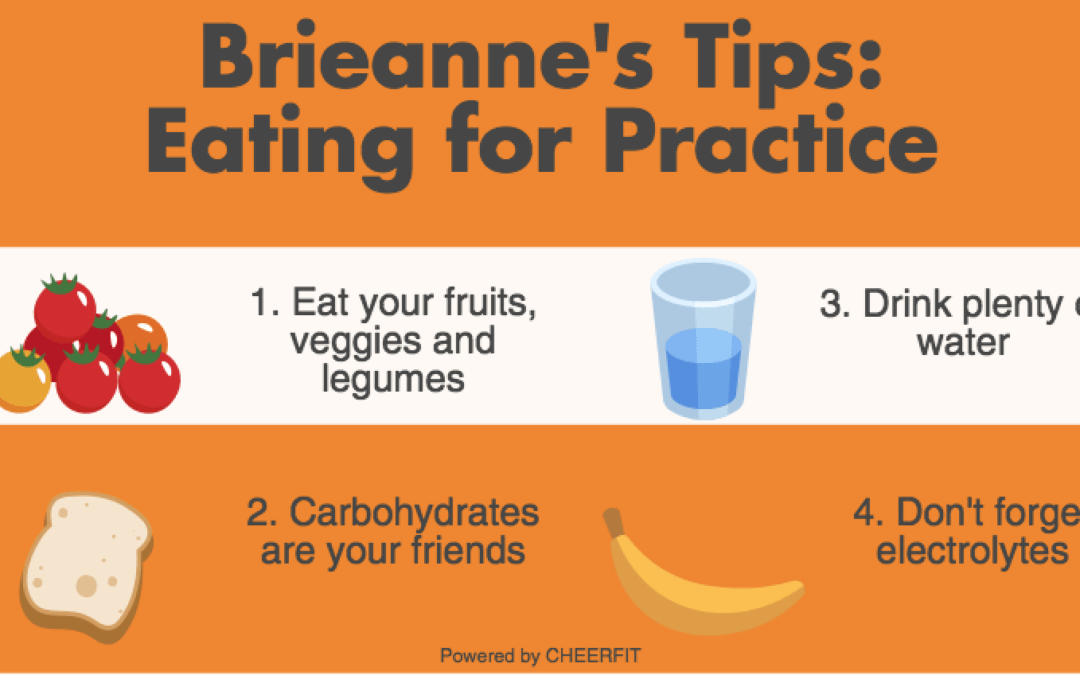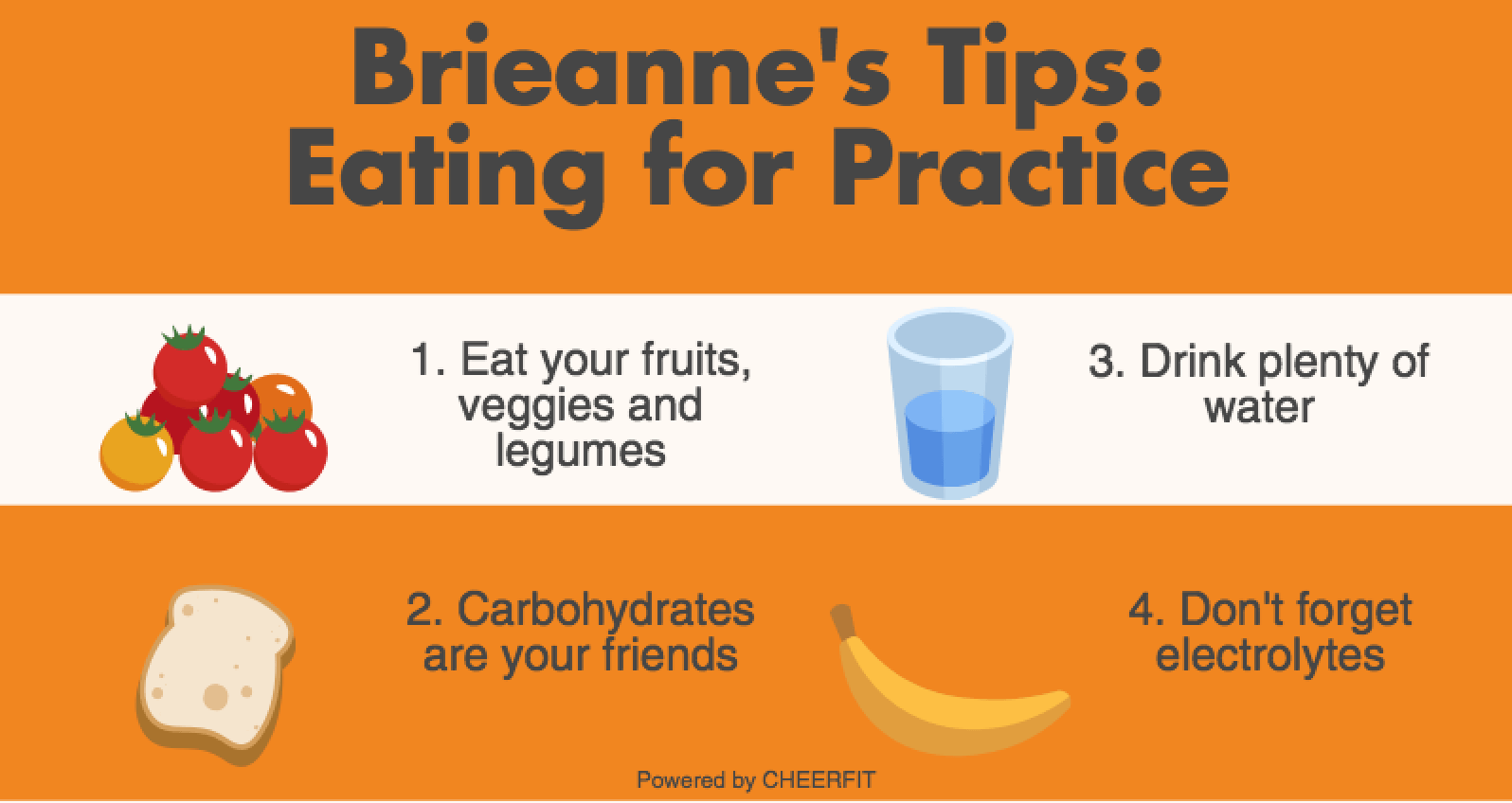Eat your fruits, vegetables and legumes. Your muscles use glycogen as a fuel source, and although your muscles can replenish a small amount of glycogen used by? themselves, they need your help. Carbohydrates contain glucose, which is used to produce glycogen. Carbohydrates before a workout help to ensure that glycogen is readily available for your muscles. Carbohydrates after your workout replenish the glycogen spent to keep your muscles going. Unrefined carbohydrates, both simple and complex (for quick and sustained release of energy), are your best choice – so fruits, vegetables and legumes are great! What’s more, fruits and vegetables contain vitamins, nutrients, fiber and antioxidants (depending on the fruit/vegetable) that your body needs for a variety of processes.
Make friends with carbohydrates. Carbohydrates are your friend, and they go great with protein for some double-duty muscle care. A large amount of carbohydrates is required to replenish glycogen stores – this amount is likely more than you can reasonably eat. At the same time as replenishing glycogen stores, you also want to support the building of muscle-protein. As such, pairing carbohydrates with protein in the hours immediately after practice can help you do both! As always, pick lean proteins! You can also eat protein throughout the day to promote muscle-protein building all day long. Since most of you have high intensity training sessions consecutively or on consecutive days – between cheer practice, tumbling practice and conditioning sessions (not to mention those cheerFIT challenges!) – it’s important to know that eating carbohydrates and protein during early recovery has been shown to help your performance during the next activity session.
Drink your water! But you know that already 🙂
Don’t forget electrolytes! While you hydrate, also focus on getting in electrolytes to fend off muscle cramps or soreness. This can be in liquids like rooibos teas, or in those fruits and vegetables you are eating (for example: bananas are a prime example of a great source of potassium). Be cautious of many highly-advertised sports drinks, as they can be high in refined sugar.
References available upon request.
